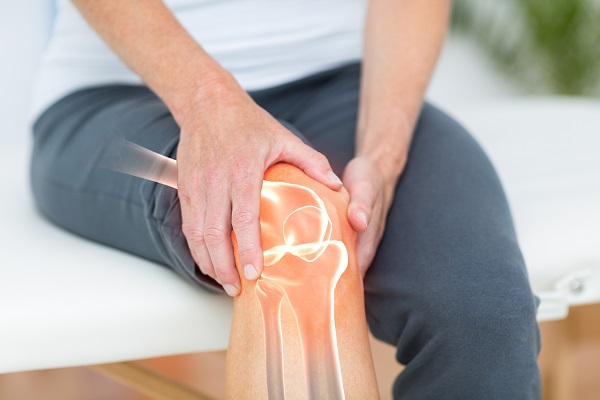4 Common Orthopedic Surgeon Knee Treatments

Pain and musculoskeletal conditions send people to the orthopedic surgeon every year. Knee injuries inhibit people from working and enjoying life. When the knee structure is injured or deceased, the pain may not respond to rest. At this point, surgery may be necessary to restore function and ease symptoms.
Types of orthopedic knee surgery treatments
While knee pain can be treated using over-the-counter pain medication, if a patient notices that they have to take these medications regularly, they should visit their primary care doctor. Sometimes the physician may determine that the pain needs surgery or further evaluation from an orthopedic surgeon. An orthopedic surgeon may, in turn, find it necessary to perform surgery on the knee to treat the pain. The most common types of knee surgery treatments include:
Meniscus repair
The meniscus is the shock-absorbing wedge that lies at the edge of the knee bone and acts as a cushion. Sometimes the meniscus can get damaged, and it can only be repaired through a surgical procedure. Through meniscus repair, an orthopedic surgeon can restore the anatomy of the knee. However, meniscus repair is major surgery and the recovery process may take longer. Additionally, due to limited blood distribution to the meniscus, surgery may not always be possible.
Meniscus transplant
The meniscus transplantation procedure involves placing a meniscus from a donor in a patient whose meniscus has been removed. The meniscus transplant procedure is ideal for a patient who has had their meniscus removed and later develops knee pain.
Partial knee replacement
This type of surgery is an option for certain types of knee arthritis. In a situation where a patient has cartilage loss in a small part of the knee joint, an orthopedic surgeon may be able to replace that worn-out part of the joint. But in areas where the arthritis is widespread, the orthopedic surgeon may have to conduct a total knee replacement surgery. The knee is divided into three main compartments (lateral, medial, and patellofemoral), and all of them can be replaced through a partial knee replacement surgical treatment.
Total knee replacement surgery
During a total knee replacement surgery, the bone and cartilage located on the end of the femur and on top of the tibia are removed. The orthopedic surgeon uses precise instruments to create areas that can accommodate the implants. The surgeon then places metal and plastic knee replacements that function like a new knee joint. The orthopedic surgeon will first examine the cartilage located beneath the kneecap and determine whether it should also be replaced. According to NCBI, about 90% of all patients who have undergone this procedure have reported positive results.
How can an orthopedic surgeon help you?
Are you experiencing pain or have swelling in your knee? Do you feel it lock up whenever you move? If so, then you may need to visit an orthopedic surgeon as soon as possible. Your orthopedic surgeon will diagnose your knee injury or condition and determine whether surgery is necessary. To schedule an appointment with a professional orthopedic surgeon today, click the link below.
Request an appointment here: https://www.barbertotaljoint.com or call Matthew D. Barber, M.D. at (251) 410-3600 for an appointment in our Mobile office.
Check out what others are saying about our services on Yelp: Orthopedic Surgeon in San Jose, CA.
Recent Posts
PRP is a form of regenerative medicine that uses a person's own blood to promote healing and relieve pain. The blood is drawn from the patient and then placed in a centrifuge to separate the platelets, which are rich in growth factors. The concentrated platelets are then injected back into the patient's body at the…
Due to the knee's large articulating surface and weight-bearing properties, it is no surprise that it is one of the most commonly injured joints. In fact, in the United States alone, knee pain accounts for over 1 million ER visits and more than 1.9 million primary care outpatient visits each year. The natural aging process causes…
Thousands of people undergo knee replacement per year in the United States. The doctor will replace the degenerating joint surfaces and bone pieces with metal and plastic implants for the process. The procedure is often recommended for those whose mobility or daily functions have been impeded due to knee issues. If you have been scheduled…
Every year, more than 600,000 Americans undergo knee replacements. By 2030, that number is expected to increase by nearly 200%. Knee replacement, also called knee arthroplasty, is a relatively common, cost-effective, and elective surgery for people suffering from knee osteoarthritis, rheumatoid arthritis, or a knee injury.Knee arthroplasty can give people a new lease on life…


